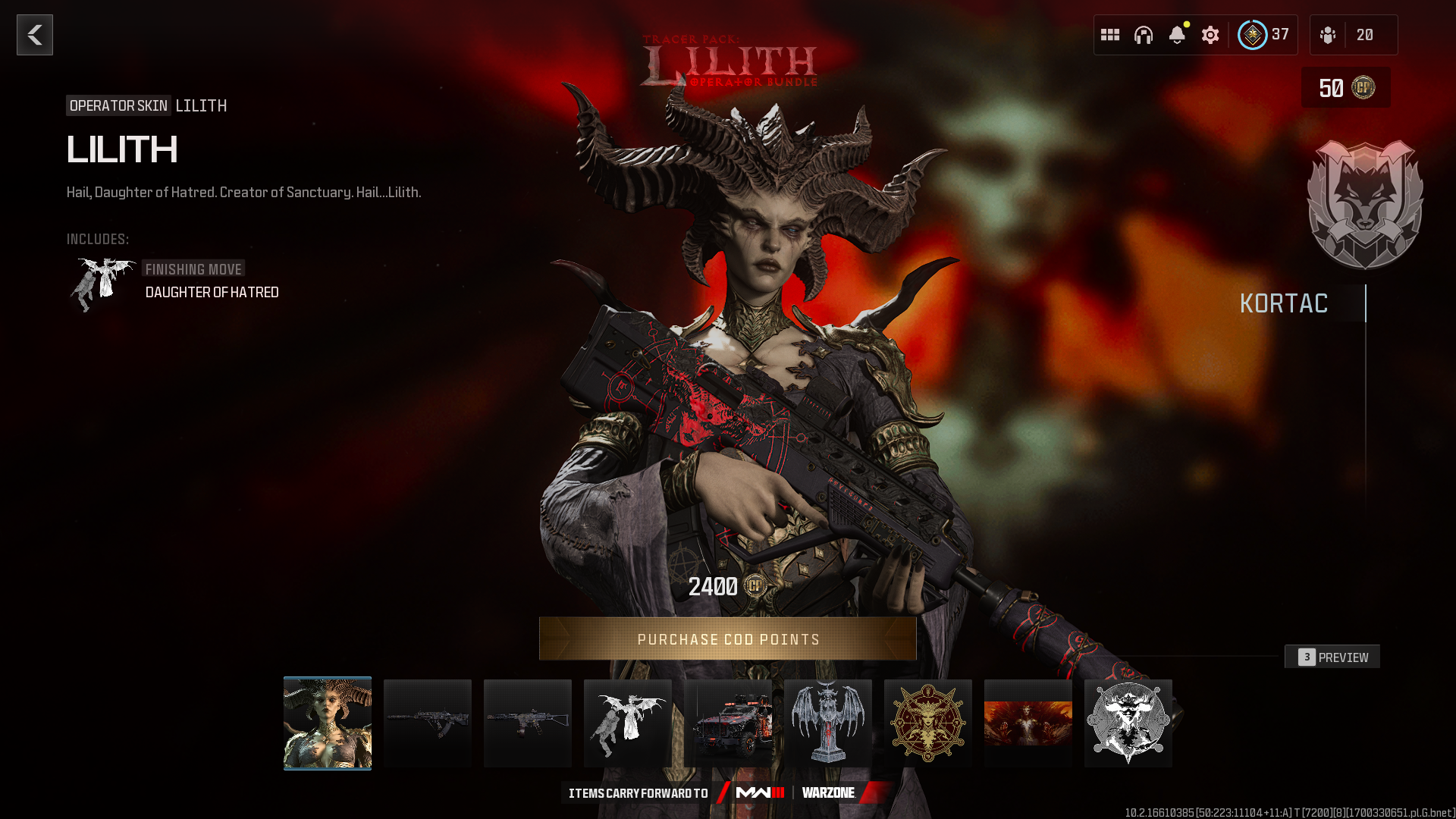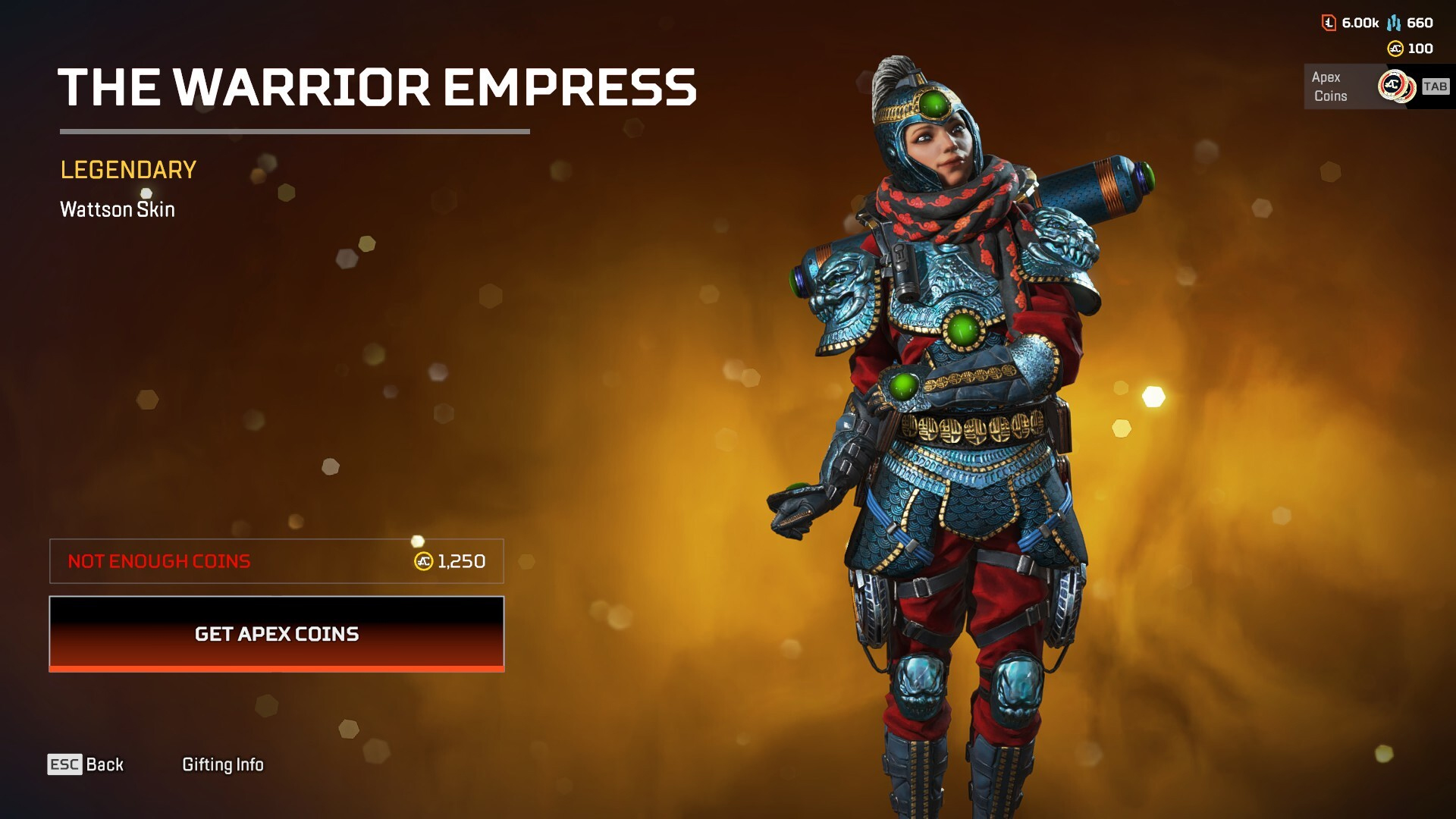
There's an epidemic of ugliness in multiplayer shooters. Its cause goes by many names—the skin, bundle, drop, outfit, coating, or its most generic moniker, the cosmetic. Unassuming at its onset and quiet by nature, Cosmetic Uglification is a viral affliction infecting the best shooters of our time. When left unchecked, all semblance of aesthetic cohesion is sacrificed at the altar of individual expression, exclusivity, and FOMO. Every shooter I love is becoming visual ooze before my very eyes.
Signs of Cosmetic Uglification are everywhere: in spec ops soldiers trading tactical vests for diamond-laced streetwear, elite operators wearing Lara Croft cosplay, or commandos going loud in pajamas. As seasons rage on, live service games garner years worth of stylistic baggage unique to our post-Fortnite world. It's become normal to watch shooters that once flaunted a style of their own be infiltrated by garish outfits and pop culture guest stars. Throw in enough Mortys and Santa outfits and even the strongest art direction eventually becomes unremarkable mush. The very items that can drive us to play our favorite games longer also have the capability to erode their appeal.
I recently had a moment of clarity in Call of Duty while being brutally executed by Diablo 4's Lilith holding an AK-47: Cosmetic Uglification never happens all at once, but the cycle always begins at launch, and it can take over before you realize it's there.
The pattern
There's no better time to enjoy a shooter's style than when it first comes out and a full party of operators actually look like characters in the same world. We really don't give default outfits enough credit. Yes, they're basic, but they're often among the most detailed, iconic, and well-crafted forms our heroes and operators can take. That's no surprise since it's how the characters were originally conceived to look—outfits that prevailed through months or years of concepting and discussion. They're way more special than their "common" rarity tag implies, but it's hard to resist switching things up when a battle pass comes along or new store items drop that promise you can look a little different than everyone else.

In the early days of a shooter, player fashion is in line with the game's style even if you splash some cash. Immediately available store cosmetics are often charms, gun skins, or simple color variations on default outfits. But give developers enough time, and the silly skins start to arrive. It's becoming a regular thing to return to a shooter after six months or a year and smack face-first into sensory whiplash as a once-visually coherent game has become a clown show of brands.
Everybody looked cool, but nobody looked like they belonged.
The trend is most noticeable in Call of Duty, where operator bundles sporting glowing jackets, pumpkin heads, and exploding kill effects live alongside $20 packs that let you become actual celebrities like 21 Savage and Nicki Minaj. Back in December of 2022, the final prize on the Modern Warfare 2 season 1 battle pass was a guy with a helmet. In season 6, battle pass skins include a Groot-like tree monster that's so hard to see that Activision removed it from the game, and Spawn from the comic Spawn. The same thing happened over the course of 2020 in Warzone as the original tacticool operators were outshined by the arrival of Rambo, John McClane, and Godzilla.
When I returned to Modern Warfare 2, I couldn't find anyone using the base operators I enjoyed at launch. It was a sea of Groots, flaming skull heads, weirdo clowns, and a robot woman exclusive to the $30 Blackcell battle pass. Everybody looked cool, but nobody looked like they belonged.

Tacky royale
Sometimes Cosmetic Uglification is a slow process. Service games that released in a pre-Fortnite world are taking a longer road. I played Rainbow Six Siege almost daily for years and failed to notice the signs.
The proliferation of cosmetics can have a real impact on gameplay, too. On several occasions, Call of Duty developers have had to modify cosmetics after releasing them because they blended in too well with the environment. One all-black outfit was such great camouflage that it was a legitimate pay-to-win accessory. In response, Modern Warfare 3 is experimenting with enemy outlines.
Longtime players will probably pinpoint different moments when things started to change, but for me, it was Mozzie's "Pizza Party" skin in 2020. The bundle retextured the defender's tan camo with a smattering of pepperonis and swapped his dirt bike helmet with a comically large, googly-eyed pizza monstrosity. It radiated "Fortnite," and was among the first patently absurd cosmetics that'd gradually become the norm in Siege, but at the time, I thought it was a bit of harmless fun. If only 2020 Morgan knew what Siege would become in 2023: squads of elite operators wearing creepy muppet heads, full-body Pickle Rick Sanchez suits, and Master Chief armor.
With Activision's decision to carry over the last year of microtransactions to Modern Warfare 3 and Ubisoft's full embracing of crossover skins, Call of Duty and Siege have crossed a point of no return in Cosmetic Uglification: the Fortnite event horizon.
Post-FEH, there's simply too much crap in everyone's digital closet for the game to ever be beautiful again. Not every player buys every kitschy skin, but given enough time, enough players will earn or buy skins at some point that aesthetic repugnancy is unavoidable. I'm part of the problem: half of my Siege roster is equipped with battle pass filler I never intended to get, yet inexplicably decided to put on in a moment of "why not."

It's probably too late for Call of Duty and Siege, but I have hope for the shooters that have managed to dip their toes into unfamiliar territory while respecting their original style. Overwatch 2's partnered skins with One Punch Man and kpop group Le Sserfim look fantastic up close without clashing in a crowd, and I've heard similarly positive things about Apex Legends' Post Malone collaboration. It probably would've been a lot simpler to slap a giant Post Malone helmet on Wraith's head, but I'm glad they didn't.
The common denominator here, and possibly a key factor in beating Cosmetic Uglification, is that Blizzard and Respawn's artists wisely chose to design original, high-quality outfits true to the crossover brand and the game's core art style. It's possible for cosmetics to be fun and complimentary without losing sight of the game we loved at launch, but there's only one vaccine for this vicious disease: hard work, with a drop of restraint.







